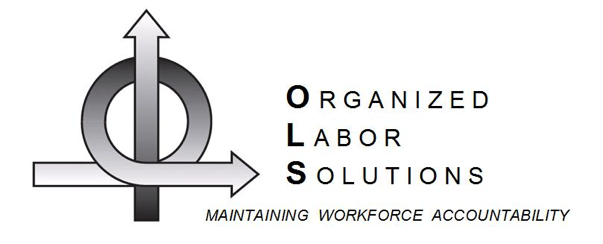
A concept often overlooked by companies hoping to avoid litigation takes into account the appropriate level of leadership making the official decision to discharge an employee. A lower-level supervisor should not make the final decision regarding a termination, nor should a high-ranking executive. When the record indicates a supervisor or manager made the decision to terminate an employee, these leaders should attest they consulted with senior executives to discuss the important decision to discharge. This way, a third party reviewer such as an administrative law judge perceives the organization took the decision to terminate an employee very seriously.
Senior ranked leaders should not go on record as the final decision makers because this complicates the one-up principle in handling complaints. The employee files a complaint against the person who makes the decision to discharge; subsequently, a higher level company officer must oversee the potential remedy. The appropriate level is the upper middle scale of the leadership group, such as a department director. For instance, if an organization contains the following leadership structure with higher ranked officials at the top, directors or administrative directors are the appropriate decision-makers for termination cases.

The organization’s defense in a dispute ultimately suffers when lower-level supervisors terminate employees despite the presence of multiple levels of higher ranked leaders. The judge may perceive that the organization did not take the termination decision seriously if highly ranked officers were not involved in the process.
An upper level executive handles the oversight of the dispute. This is often the Human Resources Director, who incidentally should never officially make the decision to terminate an employee. Human Resources should approve the decision, but should not formerly make the decision. This way, the Human Resources Director can handle the research associated with a battle. Whoever terminates the employee receives a complaint and should not attempt to manage the solution themselves. A judge naturally considers the manager who handles her own grievance as biased. Avoid having high-ranking officials go on record as the decision-maker as well. If a CEO makes the decision to terminate an employee, who remains to handle the dispute?
Certain terminations have a higher risk for the organization, such as an employee with few previous progressive disciplinary steps in his personnel file. Perhaps a certain employee has the potential for a high degree of political fallout if terminated. In these cases, the organization includes the Senior Team’s discussion review. The meeting agenda shows that the Senior Team meaningfully discussed the decision to terminate, so as to demonstrate that the organization did not take the matter lightly.


